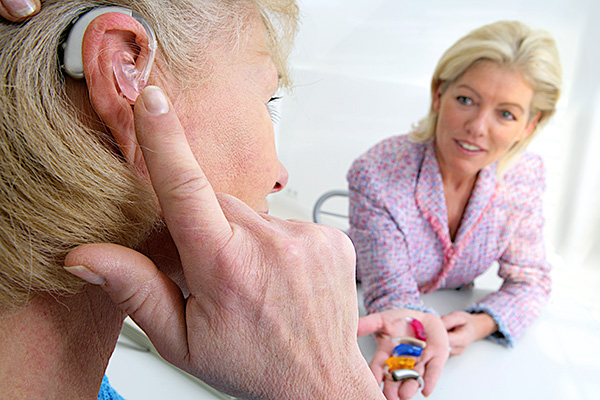
How to Maintain Your Hearing Aids
Hearing aids are a significant investment for anyone. The American Association of Retired Persons (AARP) reports, according to a 2014 survey by Hearing Review, the average price of mid-level hearing aids range between $4200 and $4500 a pair.
Because of the significant investment, it is important to take care of your hearing aids. Proper maintenance is key to getting the most out of your investment.
During your hearing aid fitting, your hearing care provider outlined how to take care of your hearing aids. Regardless of how long you’ve been wearing your hearing aids, it’s always good practice to brush up on basic maintenance protocol.
Daily cleaning
First and foremost, cleaning your hearing aids will help retain their lifetime. To clean your hearing aids properly, you’ll need to have the right tools, such as a hearing aid cleaning brush, an ear hook, wax pick or wire loop or a multitool, which is a sort of “Swiss Army Knife†of hearing aid cleaning tools. Cleaning protocols different for behind the ear and in the ear hearing aids.
For in the ear hearing aids, use a soft-bristle toothbrush to concentrate on the holes in the device, the microphone ports. Make sure to clean off the wax by cleaning the openings with the brush. Angle the brush downward to any particles will fall out of the hearing aid instead of the inside the holes. Next, use a wax pick or hook to clear anything out of the inner holes. Complete the cleaning by wiping your hearing aid with a clean, dry cloth or tissue.
For behind the ear hearing aids, first look at the device for any earwax or debris and remove it with a wax pick. Then, take the earmold off from the hook and clean it with soapy water. Last, using a blower or dryer, force water from the tube then place the tube in a safe spot so it can dry overnight.
Remove the batteries
In additional to nightly cleaning, consider removing the batteries in your hearing aids and cleaning the battery compartment with your cleaning brush. As a tip — leave the battery door open while storing your hearing aids overnight so any moisture from the day can dry.
Hearing aids do require professional maintenance once or twice a year, or more often if your ears produce an exceptional amount of earwax. Typically, hearing aid cleanings are walk-in services. However, if you feel your hearing aids need special maintenance, don’t hesitate to contact your hearing professional today.

